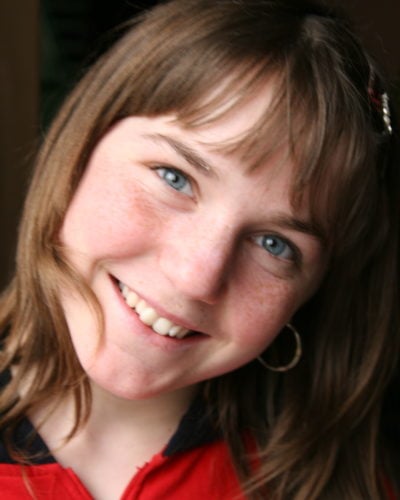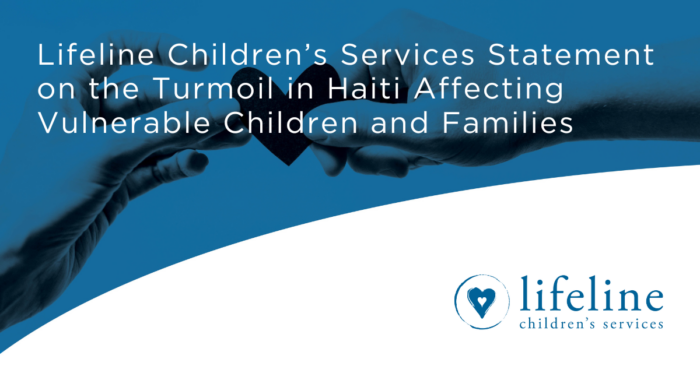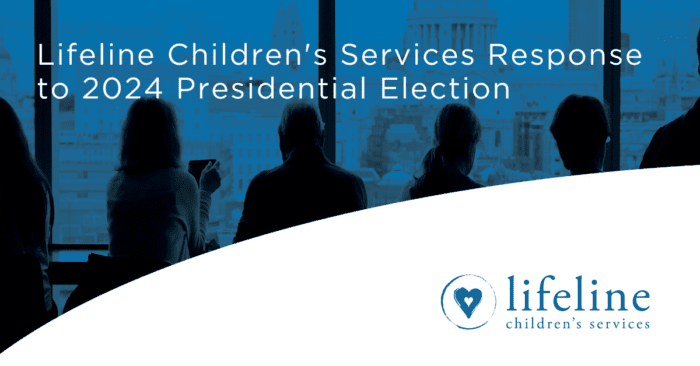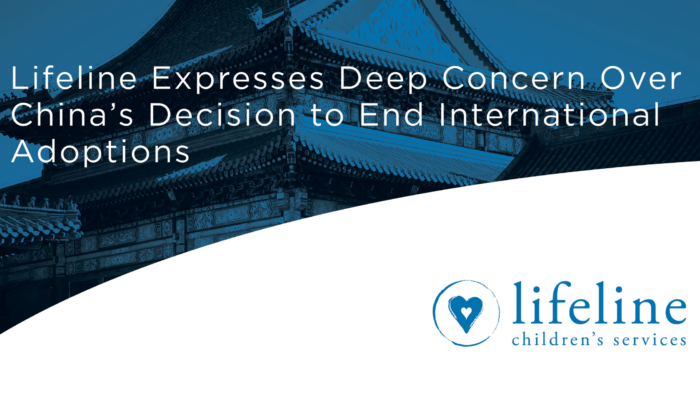Excerpt from Image Bearers by Herbie Newell
In 2008, on a trip to Zaporizhia, Ukraine, the Lord awoke my heart to the fact that adoption alone could not answer the cry of the orphan. It was in Ukraine that I first met a young girl named Kataya; she was reportedly 15 and desperately wanted a family. Kataya’s younger sisters had been adopted when she was eight years old; however, the adoptive family decided they did not want to adopt an eight year old because that was just “too old.” So instead, they split the family apart leaving Kataya behind in the orphanage.
It became my personal mission to right this wrong and quickly find Kataya a family as she was swiftly approaching her 16th birthday. Once Kataya reached the age of 16 she would no longer be eligible to receive an adoption visa from the U.S. government.
Depending on the source, there are an estimated 153 million orphans around the world like Kataya. The term “orphan” as a descriptor can be misleading — traditionally defined as a child deprived of one or both parents by death. However, today the definition of an orphan has become much more expansive. Many of the worldwide “orphans” are social orphans, deprived of family because of abuse, poverty, special need, or even governmental restriction.
No matter how one chooses to define the word “orphan,” the truth remains that there are 153 million orphaned or vulnerable children in our world. This is an epidemic to which adoption alone cannot and should not be the only answer. Other options must be pursued to prevent families from abandoning their children either by choice, force, or despair. Our single motivation should not be to only help those children who are adoptable, healthy, young, and culturally acceptable; but instead, to reach out to the broken, the hurting, the sick, the poor, the needy, the culturally unacceptable, and to the (un)adoptable.
Upon returning to the U.S. from Ukraine, Lifeline staff began a full-fledged effort desperately searching for a family who would consider adopting Kataya. Information was spread through all known outlets until finally an exceptional family came to the forefront. With great urgency our stateside team quickly called Ukraine and informed them of the news. Because this was an unorthodox match, we had not yet secured Kataya’s paperwork. It would only be a matter of time until her papers were in hand and the process would begin.


Unfortunately, the truth is that this is the same fate for 99.5% of the world’s orphans—less than one half of one percent ever find permanence either with their biological families or with adoptive families. We can argue that much more could be done to restore biological families and that more should be done to encourage and equip indigenous adoption; however, this alone does not address the inevitable problem. Without true intervention on a strategic level, many of the world’s 153 million “orphans” will find themselves a victim of crime, human trafficking, or suicide, and most certainly impoverished.
At Lifeline we are compelled by the call of Christ in James 1:27 to care for the orphan and widow in their distress; therefore, we have embarked on a journey of strategic orphan care through a ministry initiative – (un)adopted®.
(un)adopted seeks to develop a sustainable ministry model that can be replicated throughout the world. The ministry seeks to mobilize the indigenous international Church to care for orphans and the impoverished in their communities with viable long-term solutions, while also exposing American churches, students, and business people to the plight of orphans, the poor and the needy.
(un)adopted currently has projects in many countries, including the country of Uganda. In Uganda, international adoption has been almost eradicated and replaced with an arduous process for both the children and prospective parents. Meanwhile, hundreds of thousands of vulnerable children and street orphans struggle for their existence.
Many Ugandan children are being neglected and abandoned simply because they were born deaf. The country is steeped in superstition with witch doctors who have convinced their people that children born deaf are accursed. They believe that deaf children can bring curses upon their families. Because of this belief and the extravagant cost of mediocre schooling for deaf children, a vast number of deaf children are forced to live on the streets as third class citizens. Still others live with reluctant extended family members or single parents who struggle even to provide the most basic of necessities.
In 2011 we met with our dear brother and friend Pastor Raphael Kajjubi who serves a smaller community outside the capital of Kampala, Uganda. (More of Pastor Raphael’s story may be found in Chapter 6). One Saturday afternoon walking the dusty streets of the community, Raphael introduced me to 12 deaf children in his community including Mutebi, Anderson, and Adam.
When we first met Mutebi, he was wallowing in the dirt without dignity or hope. His mother, the community witch doctor, treated him with contempt. She was truly aghast that anyone would take interest in her son. It was abundantly clear that Mutebi had been brutally beaten, and both Pastor and I wondered if he could even walk.
I remember then visiting with Anderson, his sister, and mother. With all their worldly possessions, they lived together in a “house” that was smaller than your guest room walk in closet. When I showed up with my pearly white skin, Anderson yelped with such fear of the ghost set before him that it took 20 minutes for him to be comforted. Anderson’s mom couldn’t work because he would never leave her side. Then, his mom confided in us that she felt she had no other choice but to abandon Anderson the next day in the bush, because without being able to work, she and her daughter were sure they would starve.
Adam was living with his mom and sister as well. They had been a prominent family in the community until the day that Adam got sick and lost his hearing. His father, a staunch Muslim, left the family assuming that Allah had placed a curse on his family. Adam’s mom was faithfully cutting hair in order to provide for her family, but she was worried because Adam lived in a world of isolation, and his sadness was captured all over his countenance.
As we visited these children a vision was birthed. In coordination, the local church and (un)adopted would provide sign language, education, life skills, job skills, and hope to these precious faces dotting the landscape of the community. Plans were quickly defined and in a brief six weeks, provisions were secured for desks, simple supplies, a TV, blackboard, and a teacher. The church building would house the school during the week.
The ministry instantly caught the attention of the community, because in this Muslim dominated slum, it was completely counter-cultural to care for the deaf, or the “fools” as translated from the local language. However, wonder and curiosity of the community turned into questions and seeking. Not only were people amazed, but they were also being introduced to Jesus. Additionally, Pastor began to learn that deaf children abound in large numbers throughout the community. There was abundantly more need than King Jesus Church could ever meet. It was during these years that we met Angela and Precious. Angela who was deaf had been brutally raped repeatedly to the point that she became pregnant and gave birth to Precious – blind at birth.
Now, eight years later, the school is a centerpiece of the community. Families are restored through love poured out for their formerly “cursed” children. Hope is restored for children who were once deemed hopeless. Skills are taught through an Internet café, brick-making facility, and sewing center, all of which were built to help sustain the school and provide enrichment for the children. Change is being seen as Mutebi walks with confidence, Adam’s smile lights up the room, and Anderson embraces friendships with peers he never knew before. Today, this project in a nondescript village in Uganda is accomplishing the mission of (un)adopted by transforming a community of disenfranchised orphans and abandoned children.
Our prayer is that adoptive parents who have provided a home to an orphan through international adoption would continue to invest in their adopted children’s country of origin. We also trust that the global Church will begin to care for orphans, not only through adoption, but ultimately by giving of their time, talent, and resources to care strategically for their those who are left (un)adopted.
To learn more about the work of (un)adopted, visit www.lifelinechild.org/unadopted.



